
Des paysages majestueux aux contrastes extraordinaires Paradis isolés, poches de civilisation au milieu du désert,refuges luxuriants loin du monde moderne, les oasis sont undes rares endroits de la planète qui échappent au temps.Situées à l’ouest du Nil, elles parsèment le désert occidental(ou désert Libyque) et ses dunes aux courbes sensuelles.
![14__DSC_2768[1]](https://egyptourism.files.wordpress.com/2013/05/14__dsc_27681.jpg?w=584&h=388)
De Siwa à Kharga, les oasis d’Egypte sont les plus variées aumonde, chacune possédant son caractère propre au milieu d’immenses étendues de sable noir, blanc ou doré et d’impressionnants paysages rocailleux.L’oasis de Siwase distingue culturellement du reste de l’Egypte.
![15__DSC_2858[1]](https://egyptourism.files.wordpress.com/2013/05/15__dsc_28581.jpg?w=584&h=877)
A l’ombre des palmiers/dattiers et des oliviers verdoyants, les Siwisy vivent pratiquement en autarcie. Siwa « l’authentique » s’attache à garder et perpétuer ses valeurs traditionnelles et ses coutumes ancestrales. L’eau y est miraculeusement très abondante et la multitude de puits, jardins, sources jaillissantes et fontaines d’eau chaude font oublier sa position dans l’un des déserts les plus arides du monde. Depuis plus de 2000 ans, le nom de cette oasis est associé à celui d’Alexandre le Grand.
![06__DE0084[1]](https://egyptourism.files.wordpress.com/2013/05/06__de00841.jpg?w=584&h=387)
C’est dans le temple dédié à Amon, au cœur de Siwa, qu’en 331 avant notre ère, les oracles ont confirmé la descendance divine d’Alexandre et sa conquête du monde. Ilot de verdure au milieu de l’océan saharien, les deux grands lagons qui l’entourent lui donnent une allure féerique Longtemps demeurées inconnues des égyptologues, les oasis du désert occidental livrent une multitude d’informations qui renouvellent considérablement l’histoire de l’Égypte
![11__DSC_2463[1]](https://egyptourism.files.wordpress.com/2013/05/11__dsc_24631.jpg?w=584&h=388)
pharaonique. Ainsi, l’oasis de Fayoum, célèbre pour la douceur de son climat et sa beauté, est un site touristique exceptionnel. A proximité du Caire, ses nombreux sites archéologiques et monuments témoignent de l’héritage historique et culturel laissé par les pharaons mais aussi par les civilisations gréco-romaine, chrétienne et musulmane.
![00__cu0456[1]](https://egyptourism.files.wordpress.com/2013/05/00__cu04561.jpg?w=584&h=387)
Un héritage géologique et culturel Plus au Sud,l’oasis de Bahariya recèle de sources chaudes et de spas naturels. Ses innombrables arbres fruitiers et savégétation dense contrastent avec les collines et les montagnesde sable partiellement couvertes de pierres noires qui l’entourent (le désert noir).C’est dans ce paysage majestueux et surprenant
que fut découverte la nécropole des fameuses « momies dorées » datant de l’époque gréco-romaine.Sur une bande de 60 km, coincé entre Bahariya et l’oasis de Farafra, s’élève alors un univers minéral magique,le désert blanc.
Véritable décor lunaire,hérissé de colosses de calcaire aux formes extraordinaires sculptées par la nature et le temps,cette banquise de sable et de pierres émerveille par sa géologie unique au monde.
![05__CU0364[1]](https://egyptourism.files.wordpress.com/2013/05/05__cu03641.jpg?w=584&h=387)
Les oasis de Dakhla, Kharga et Farafra sont concentrées dans la région de la nouvelle vallée, un des plus importants pôle d’attraction touristique d’Egypte. Grâce à leurs
sources sulfureuses froides et chaudes (jusqu’à 50°C !) riches d’éléments à valeur curative, ces oasis ont acquis une réputation mondiale de centre hivernal thérapeutique.
Le soleil y rayonne toute l’année, le climat y est sec même enhiver et les plantes herbacées de la région sont utilisées dans le traitement du diabète ou des rhumatismes par exemple.
A Farafra, les habitants excellent dans l’artisanat, Kharga, où se trouve l’unique aéroport du désert égyptien, abrite de nombreux sites anciens, et Dakhla est sans nul doute la pluspittoresque des oasis avec ses villages traditionnels, véritables labyrinthes de ruelles couvertes, bordées de maisons en boue séchée. Ses lacs naturels entourés de palmiers et de dunes de sable, ses champs dont le vert gras éclate sur l’ocre pâle du désert en font un lieu envoûtant truffé de sites archéologiqueset de réserves naturelles.
![02__DE0081[1]](https://egyptourism.files.wordpress.com/2013/05/02__de00811.jpg?w=584&h=387)
Idéalement de septembre à mai, il y a mille et une manières d’explorer cette terre de contrastes qu’est le désert Libyque.
A pied, à dos de dromadaire ou en 4×4, la diversité des paysages comblera les amoureux d’aventure et émerveillera les voyageurs en quête de culture et d’histoire.
![16__DSC_2927[1]](https://egyptourism.files.wordpress.com/2013/05/16__dsc_29271.jpg?w=584&h=388)
![01__DI0132[1]](https://egyptourism.files.wordpress.com/2013/05/01__di01321.jpg?w=584&h=387)
![10__DSC_2413[1]](https://egyptourism.files.wordpress.com/2013/05/10__dsc_24131.jpg?w=584&h=388)
![13__DSC_2648[1]](https://egyptourism.files.wordpress.com/2013/05/13__dsc_26481.jpg?w=584&h=388)
![12__DSC_2630[1]](https://egyptourism.files.wordpress.com/2013/05/12__dsc_263011.jpg?w=584&h=388)
![07__DSC_1979[2]](https://egyptourism.files.wordpress.com/2013/05/07__dsc_19792.jpg?w=584&h=388)
![08__DSC_2352[1]](https://egyptourism.files.wordpress.com/2013/05/08__dsc_23521.jpg?w=584&h=388)
30.044420
31.235712
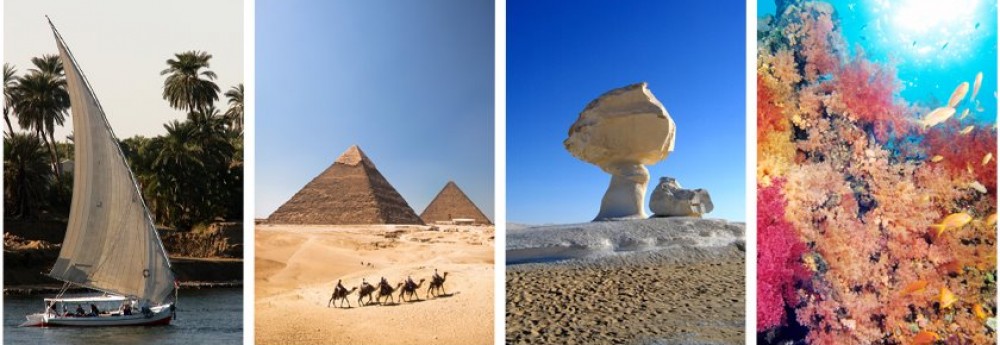


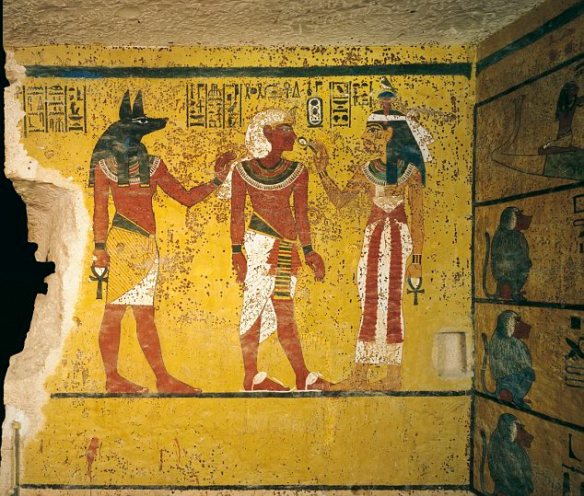






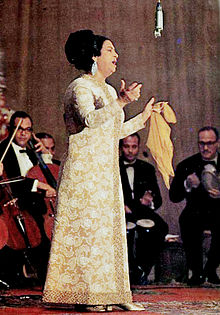




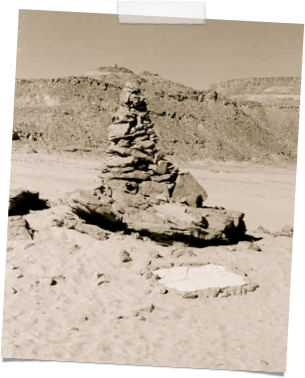
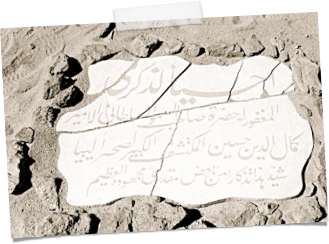
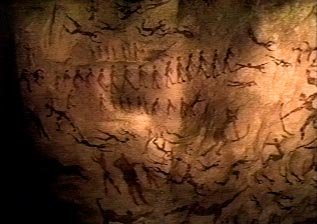
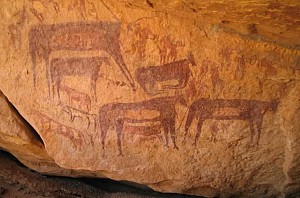

![14__DSC_2768[1]](https://egyptourism.files.wordpress.com/2013/05/14__dsc_27681.jpg?w=584&h=388)
![15__DSC_2858[1]](https://egyptourism.files.wordpress.com/2013/05/15__dsc_28581.jpg?w=584&h=877)
![06__DE0084[1]](https://egyptourism.files.wordpress.com/2013/05/06__de00841.jpg?w=584&h=387)
![11__DSC_2463[1]](https://egyptourism.files.wordpress.com/2013/05/11__dsc_24631.jpg?w=584&h=388)
![00__cu0456[1]](https://egyptourism.files.wordpress.com/2013/05/00__cu04561.jpg?w=584&h=387)
![05__CU0364[1]](https://egyptourism.files.wordpress.com/2013/05/05__cu03641.jpg?w=584&h=387)
![02__DE0081[1]](https://egyptourism.files.wordpress.com/2013/05/02__de00811.jpg?w=584&h=387)
![16__DSC_2927[1]](https://egyptourism.files.wordpress.com/2013/05/16__dsc_29271.jpg?w=584&h=388)
![01__DI0132[1]](https://egyptourism.files.wordpress.com/2013/05/01__di01321.jpg?w=584&h=387)
![10__DSC_2413[1]](https://egyptourism.files.wordpress.com/2013/05/10__dsc_24131.jpg?w=584&h=388)
![13__DSC_2648[1]](https://egyptourism.files.wordpress.com/2013/05/13__dsc_26481.jpg?w=584&h=388)
![12__DSC_2630[1]](https://egyptourism.files.wordpress.com/2013/05/12__dsc_263011.jpg?w=584&h=388)
![07__DSC_1979[2]](https://egyptourism.files.wordpress.com/2013/05/07__dsc_19792.jpg?w=584&h=388)
![08__DSC_2352[1]](https://egyptourism.files.wordpress.com/2013/05/08__dsc_23521.jpg?w=584&h=388)






